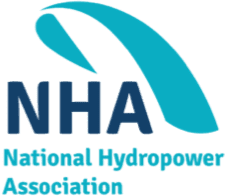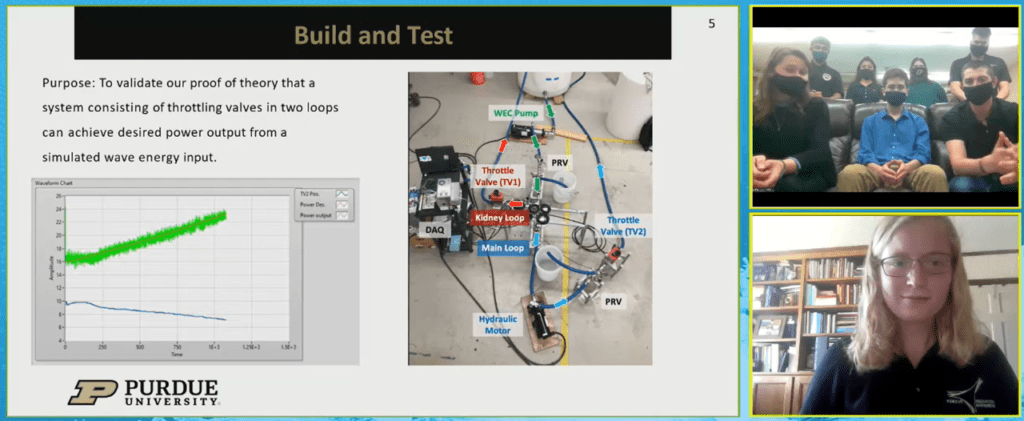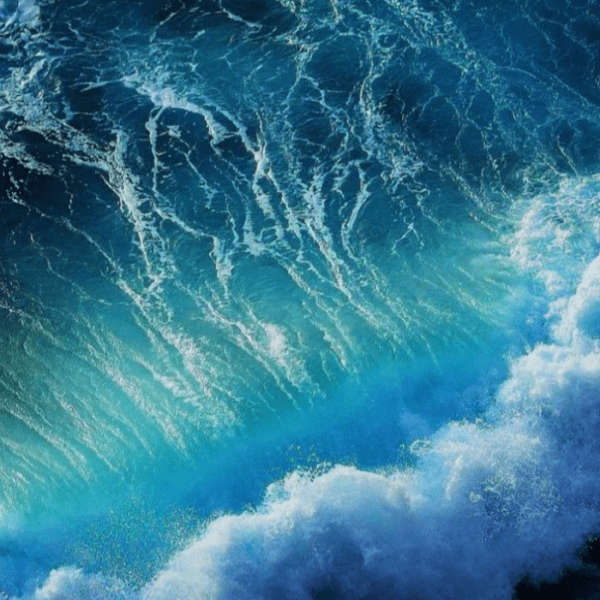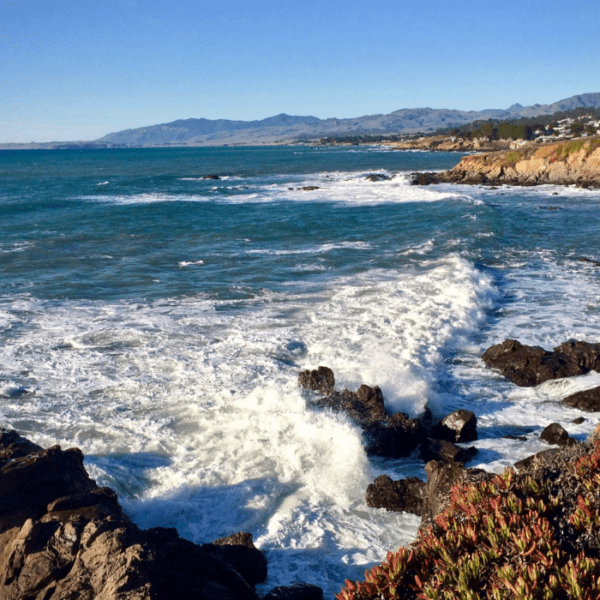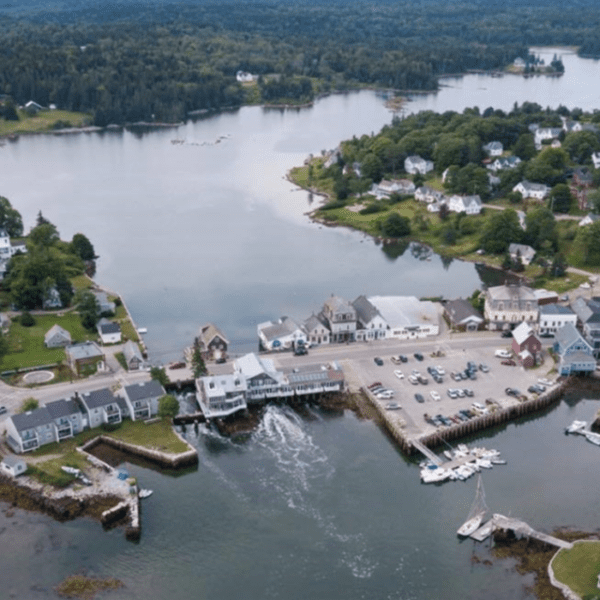Marine energy is a largely untapped market that’s in need of increased research, innovation and awareness. A great way to encourage all of those factors is tapping into the creative minds of U.S. college students.
That’s exactly what the Marine Energy Collegiate Competition does each year. And, you might be surprised that the competition is not limited to universities on the coasts. In fact, in 2021, the top winner of the competition is a team in Indiana at Purdue University who designed a water desalination unit, powered by waves in the ocean.
THE DEEP DIVE
In 2019, the U.S. Department of Energy (DOE) and its National Renewable Energy Laboratory (NREL) created the Marine Energy Collegiate Competition. The competition, known as MECC, occurs annually with a goal of encouraging students from universities across the United States to develop a marine energy device that can provide power to any application in the ocean. The competition ties into the Blue Economy, in which ocean resources are used in a sustainable manner for economic growth, improved livelihoods and jobs, and ocean ecosystem health.
“I’m so excited DOE NREL has competitions like this because you get so many young minds excited about a project and working on a truly meaningful design,” says Katie Brodersen, student lead for the Purdue University winning team. “Whether all projects end up making it to the market in the blue economy or not, what everybody learned is so valuable–and that is what is going to drive the industry forward.”
The competition consists of a technical design as well as a complete business plan for bringing the design to market. Teams present their projects to a group of judges, who then determine the competition winners.
Seeing and hearing from the competitors in this video is inspiring:
This year’s winner is a wave-powered desalination unit, OsMocean, that comes from the minds of a team from Purdue University in West Lafayette, Indiana. Desalination of ocean water offers a potential solution to global water insecurity, as it’s projected that 6 billion people will lack access to drinking water by 2050, according to the United Nations World Water Development Report. Currently, desalination plants typically are powered with electricity generated from fossil fuels. The Purdue University team discovered a way to desalinate water, providing drinkable water, using the reliable and renewable power of waves.
The team consisted of eight mechanical engineering undergraduate students, a business undergraduate student, an environmental engineering student, an electrical engineering student, three graduate-level student mentors, and two faculty advisors.Team lead Katie Brodersen was the only student with previous experience in marine energy, having previously completed an internship with NREL and conducted work in marine energy data analysis.
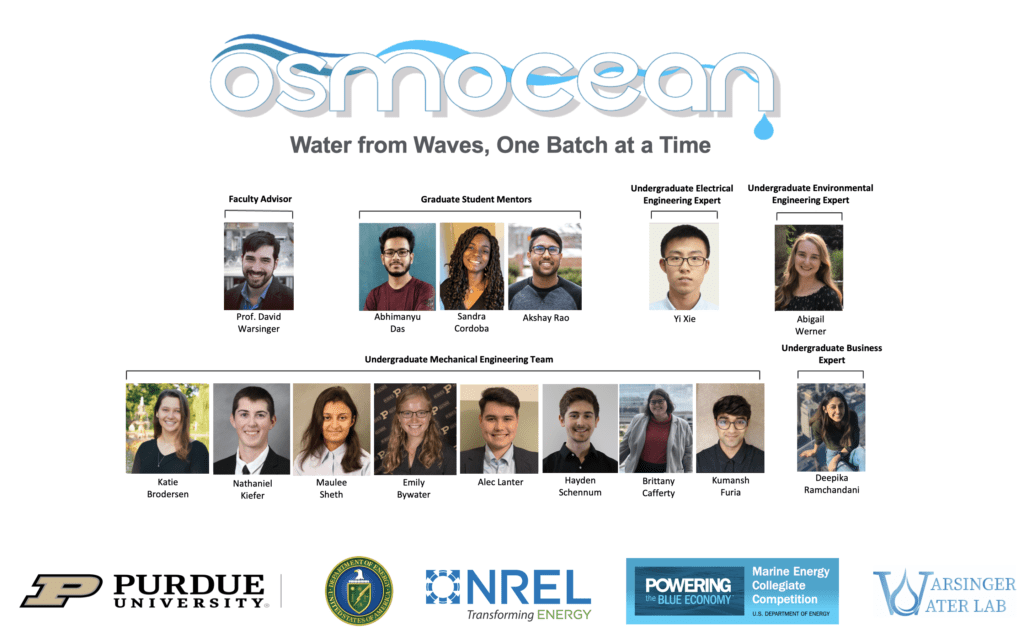
In October 2020, the team began conducting market research and narrowing down the design for the desalination unit. By the end of January 2021, they began narrowing the project scope, solidifying the design and creating a prototype.
“It was not simple to integrate wave energy with batch reverse osmosis,” Brodersen says. “Wave energy is sinusoidally nonlinear, and the power requirement of batch reverse osmosis is exponentially nonlinear. Matching these energy profiles was the greatest challenge of the design.”
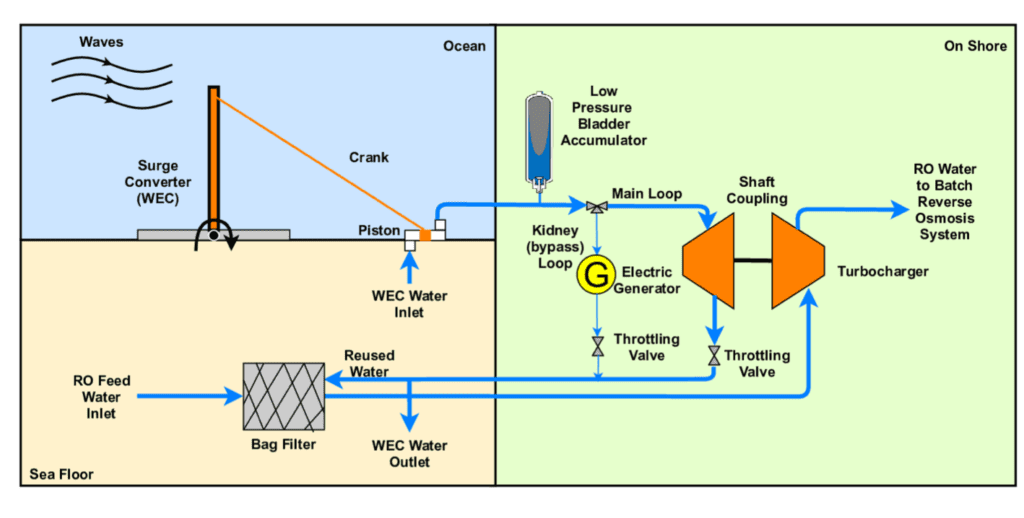
Though most team members had no previous marine or renewable energy experience, they all brought valuable knowledge to the table to create a winning project. Purdue professors lent their expertise as well: David Warsinger, the team’s primary faculty advisor, developed the batch reverse osmosis system, and Jose Garcia, another faculty advisor, is a hydraulics expert.
WHY IT MATTERS
Brodersen hopes that efficient wave-powered desalination units will one day be a viable technology for every coastal community throughout the world. She also hopes research is continued to bring wave-powered desalination units to the next level.
“It’s possible to take advantage of another source of ocean energy: the chemical potential of differences in the salt concentration of water. Batch reverse osmosis enhances the ability to store energy via salinity gradients because it reaches high salinities, thus creating a large potential,” Brodersen says. “This is so important because kinetic wave energy is nonlinear and its energy profile needs to be dampened. The more steady that energy profile is, the more efficient the whole system is.”
According to Cardinal, the Purdue University team was selected as the winner because the technology is a novel concept–and they impressed the judges with their market analysis. “The team contacted a lot of end-users and adapted the design to what the end-users would want,” Cardinal says.
Winners were announced during the International Conference on Ocean Energy (ICOE) held in late April 2021. The National Hydropower Association (NHA) and its Marine Energy Council hosted the virtual international event, held for the first time in the United States.
WHAT’S NEXT?
“We understand the fact that there are not a ton of jobs in marine energy right now, but the hope is to raise awareness about the industry. We’ve seen some students get internships and jobs from the competition,” says MECC Manager for NREL Arielle Cardinal. “A lot of students work heads down on mechanical engineering issues at school and have not heard of renewable energy–and now they have the renewable energy bug.”
Indeed, this is happening. In mid-June 2021, Brodersen will begin working for a wave-powered desalination start-up called Oneka Technologies. Another team member interested in robotics is now considering applying his knowledge to robotics for marine exploration.
Part of the competition is for each team to increase awareness around campus and throughout the local communities. For example, the Purdue team set up tables around campus to educate fellow students about marine energy and presented their project to other classes at Purdue University. In addition, the team created wave energy converter kits that were distributed to students at five local elementary schools, which taught the children about energy conservation principles.
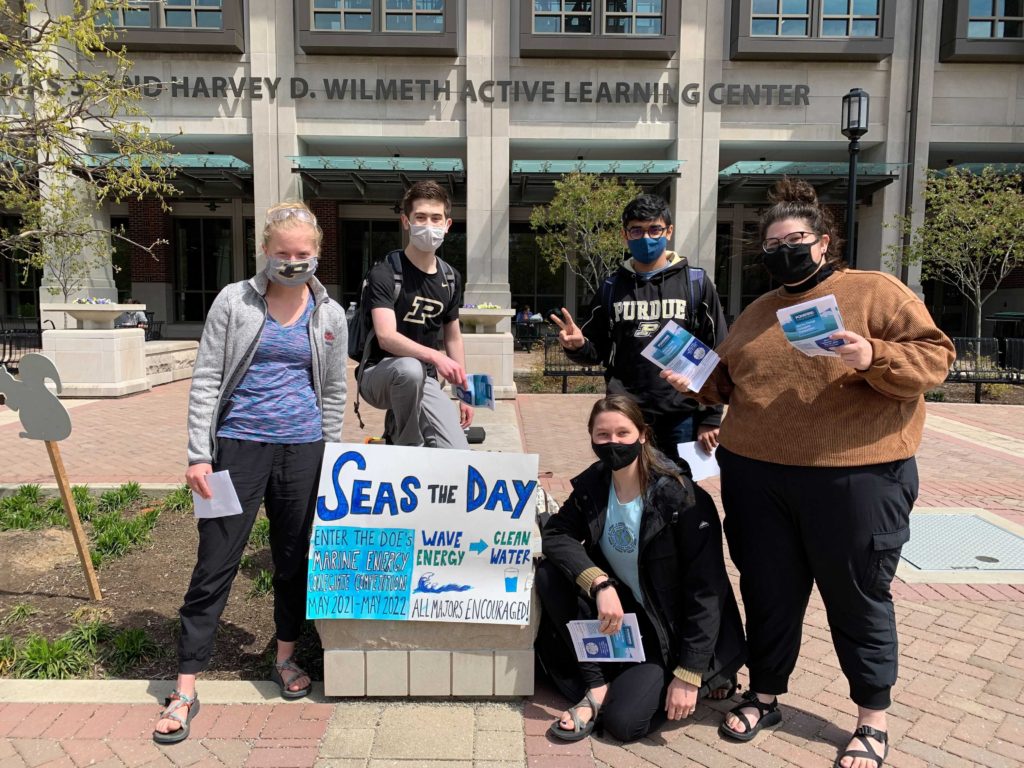
NHA’s Marine Energy Council emphasizes the importance of programs that lead to workforce development in the marine energy sector. In its Commercialization Strategy for Marine Energy 2021 document released in April 2021, the NHA Council calls for increased funding for such programs.
The report, on page 18, states:
“Given that marine energy is a newly emerging renewable power sector, there is a need to raise its visibility and foster a better understanding of its exciting potential as a career choice for students within universities, trade schools, and at the primary education level. In addition, targeted efforts are required to recruit diverse individuals, including people of color and women, to ensure they have the opportunity and are provided the tools to make up a significant portion of tomorrow’s marine energy workforce. Finally, veterans and skilled workers from other economically challenged industries are potential future employees for the marine energy sector but may require special training or other accommodations.”
Funding for workforce development is one of 10 areas in which the NHA Council is calling for continued and/or increased funding, leadership and support in order to meet technology deployments of 50 MW by 2025, 500 MW by 2030, and 1 GW by 2035.
In this instance, federal funding is continuing for the competition. Already looking toward 2022, DOE and NREL have announced the universities with teams competing in the 2022 Marine Energy Collegiate Competition:
- Boise State University
- California State University, San Marcos (partnering with New Mexico State University)
- Federal University of Rio de Janeiro
- Michigan Technological University
- North Carolina A&T State University (partnering with University of North Carolina Wilmington)
- Oregon State University
- Purdue University
- Texas A&M University at Galveston (partnering with Sam Houston State University, University of Rochester, University of Sao Paulo, Qatar University, and University of Engineering and Technology, Taxila)
- University of California, Riverside
- University of Houston
- University of Massachusetts Dartmouth
- University of New Hampshire
- University of North Florida
- University of Washington
- Virginia Tech (partnering with Stevens Institute of Technology)
- Virginia Tech (partnering with University of Maine and Queen’s University Belfast)
- Webb Institute
For details about marine energy and the waterpower industry’s marine energy sector, visit this webpage.

